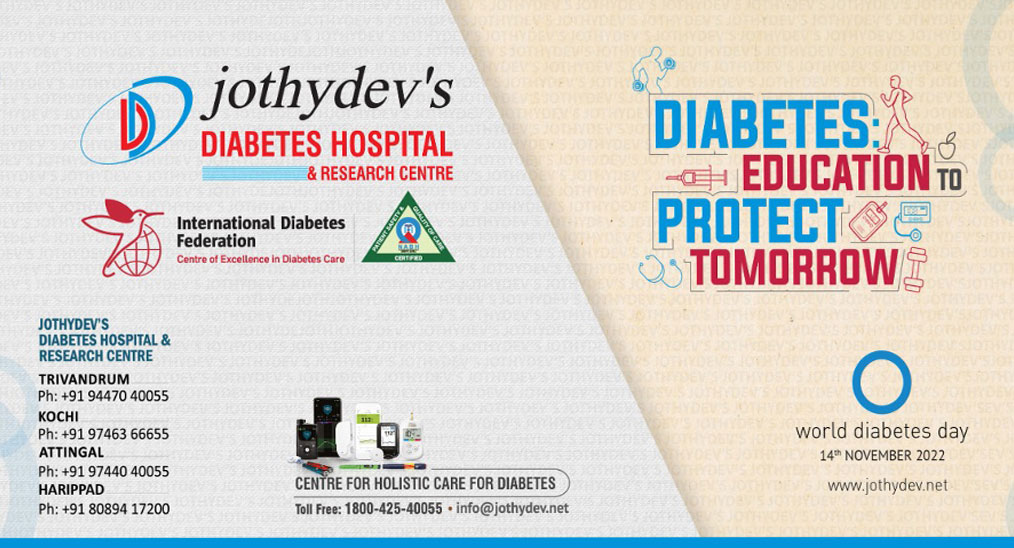3. Associations between glycemic variability in awake-time and in-sleep

Recent research published in ‘Frontiers in Medical Technology’ revealed that glucose dysregulation such as hyperglycemia may occur even in people who are considered normoglycemic by standard measures.
The researchers conducted an analysis on a multi-modal dataset to examine the relationship between glycemic variability when people were awake and when they were sleeping. The interstitial glucose levels were measured with a wearable continuous glucose monitoring (CGM) technology FreeStyle Libre 2 at every 15 min interval. Sleep onset and offset time stamps were recorded daily with a Fitbit Charge 3 wristband. The data were split into segments of awake-time and in-sleep, instead of using fixed cut-off time points. The most relevant associations were identified and filtered through repeated measure correlation analysis and quantitative association rules mining, together with an original post-filtering method.
The results showed that low overall glucose in awake-time was strongly correlated to low glucose in subsequent sleep, which in turn correlated to overall low glucose the following day. The analysis techniques also identified significant associations between the minimal glucose reading in sleep and the low blood glucose index the next day.
For enquiries info@jothydev.net.
Please visit: jothydev.net | research.jothydev.com | diabscreenkerala.net | jothydev.com/newsletter




